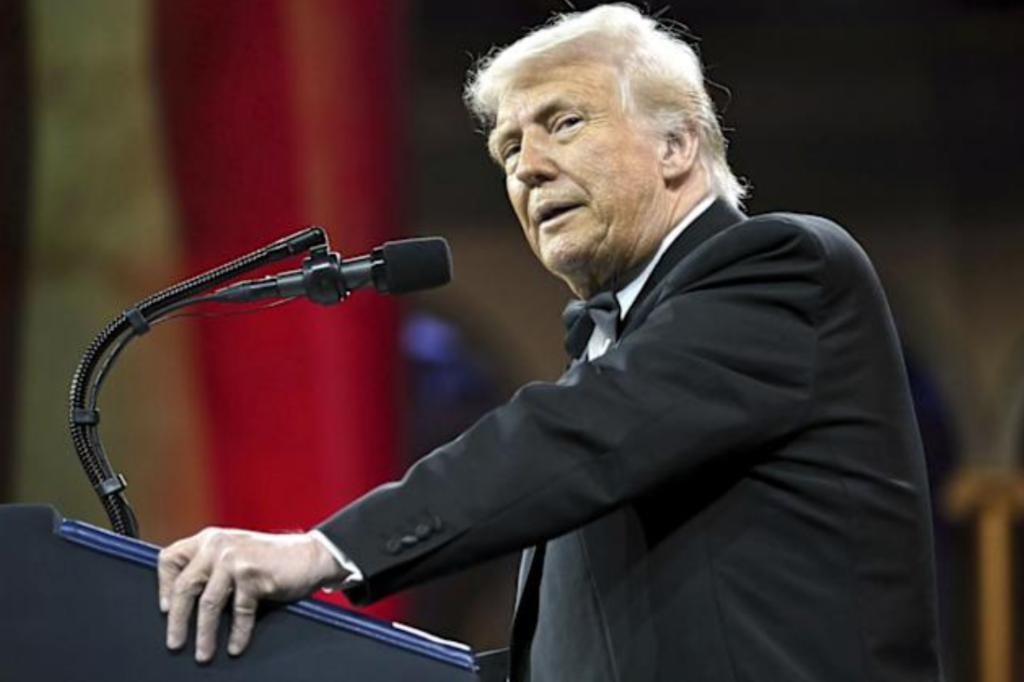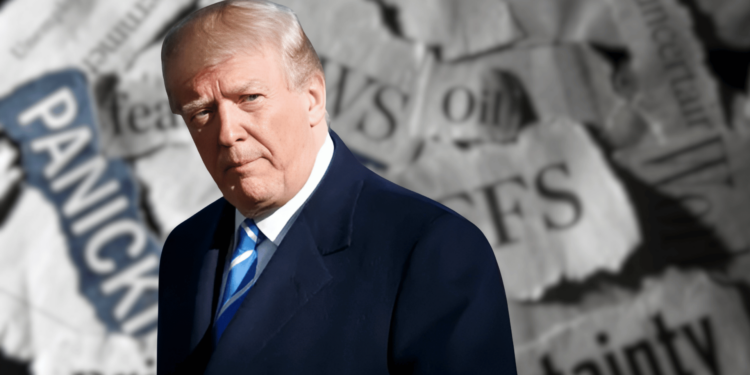- Trump paused most new tariffs for 90 days, but raised duties on Chinese imports to 125%.
- Over 75 countries reached out to negotiate trade deals after the initial tariff rollout.
- China’s matching tariff retaliation triggered Trump to escalate the economic standoff.
President Donald Trump hit the brakes on his sweeping reciprocal tariff rollout Wednesday, announcing a 90-day pause on the new trade duties—at least for most countries. But China? That’s a different story.
In a post on Truth Social that came mid-morning and quickly sent Wall Street into a frenzy of green, Trump said, “I have authorized a 90 day PAUSE, and a substantially lowered Reciprocal Tariff during this period, of 10%, also effective immediately.” Stocks soared. The markets, always hungry for a sign of calm, took it as a win.
China Gets No Reprieve
Not everyone’s getting the break. While dozens of nations are now sitting at the negotiating table, China just got slapped with even higher penalties. Trump confirmed that duties on Chinese goods would climb to a staggering 125%, citing Beijing’s “lack of respect” as the reason. “They retaliated. We escalated,” a senior aide said off the record.
The bump comes after China responded tit-for-tat to an earlier tariff hike, matching the U.S. increase with their own 84% levy on American imports. The president made it clear—he’s not backing down when it comes to Beijing.

The Global Scramble
Last week, Trump rolled out the idea of “reciprocal” tariffs—basically a customized fee schedule tailored for each country’s trade relationship with the U.S. Since then, the White House says it’s been flooded with calls. According to Trump, “more than 75 countries” have reached out to hammer out new one-to-one deals.
“They’re all lining up,” he said. “Everybody wants to talk now.”
Whether those talks lead to actual deals—or just delay more global drama—remains to be seen. But one thing’s clear: the world’s watching, and for now, it’s China that’s feeling the heat.














